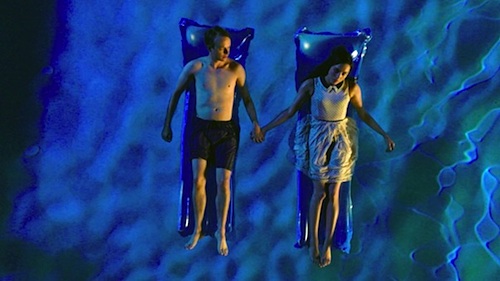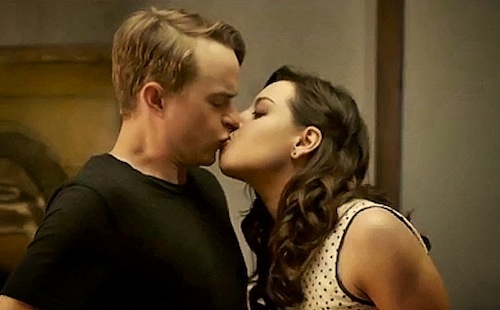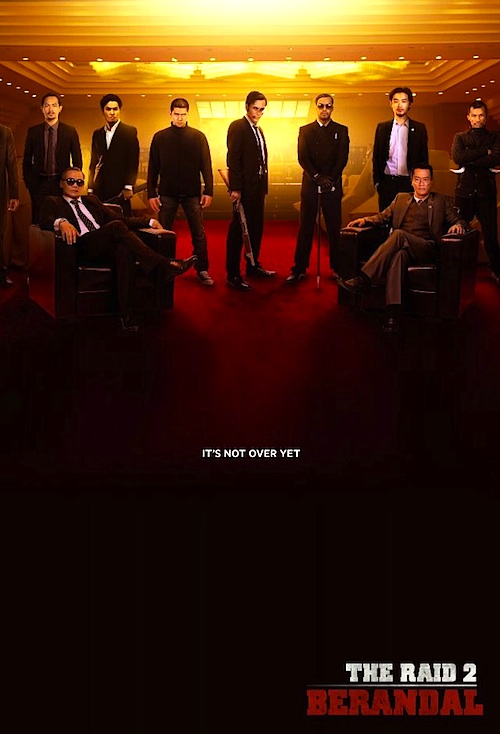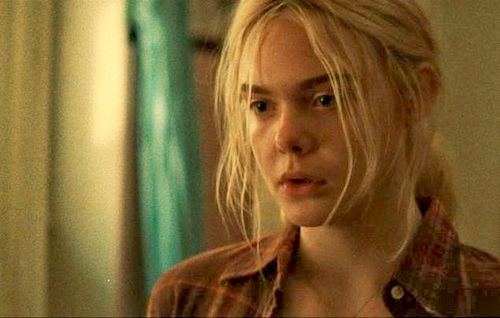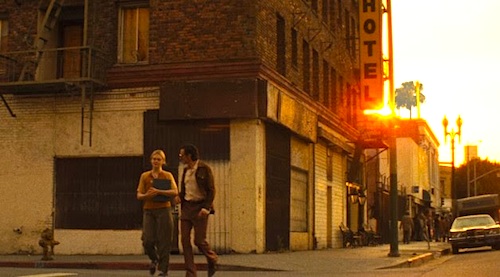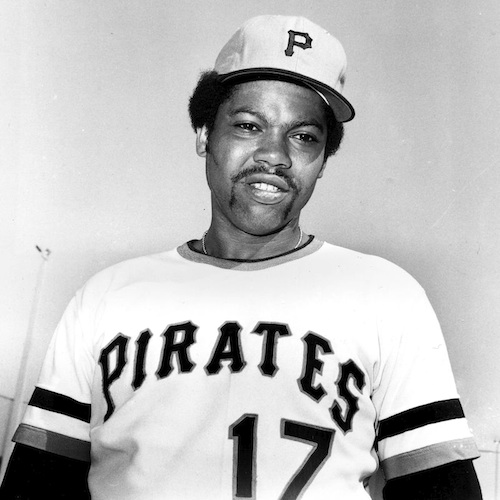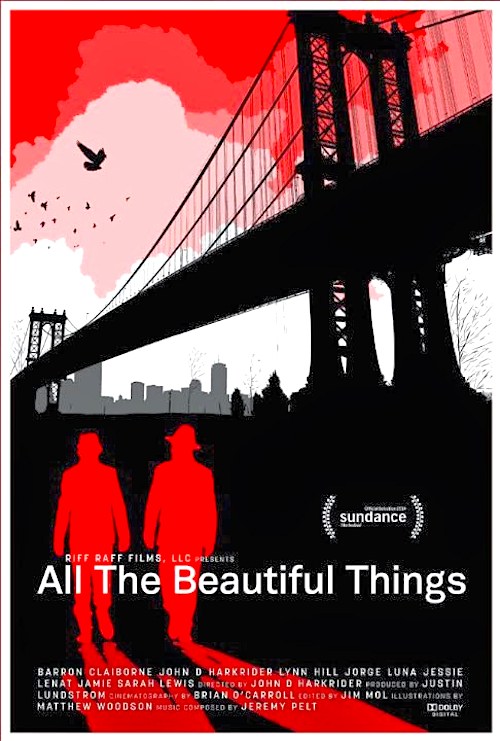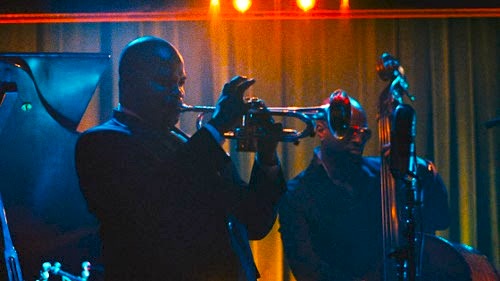By Joe Bendel. Rezeta still calls herself Albanian, but technically that is no longer true. Regardless of her Balkan nationality issues, the fashion model is not fluent in Spanish. Nonetheless, she will have no trouble meeting men in Fernando Frías’s Rezeta, which won the narrative feature Jury Award at the 2014 Slamdance Film Festival.
Things always seem to work out relatively okay for Rezeta, if not spectacularly so. The modeling agency that brought her to Mexico is decidedly on the dodgy side, yet she starts scoring high profile work almost immediately. She gets along reasonably well with most of her roommates in the company’s model crash pad, but frankly she will not be around very much. She is not Blanche DuBois, but Rezeta will knowingly slip into some bad relationships with underwhelming men of means, for obvious reasons. However, things with Alex, the working class punk rock hipster, might be different. He definitely catches her eye when they bond over their tattoos, but he plays bafflingly hard to get.
Highly improvisational, Rezeta the film chronicles the rise and potential fall of a romantic relationship, with some culture clash garnish on the side. Even at its best, Rezeta is never particularly deep and there are long stretches of narrative slack. Still, the Balkan connection lends the Lost in Translation story a fresh angle.

Without question, lead actress Rezeta Veliu is the film’s winning ace-in-the-hole. Not just a pretty face, she is also quite a fine screen performer, blessed with a natural sense of when to dial it up or down. As Alex, Roger Mendoza does not have a fraction of her screen presence, but at least they develop some credible chemistry together during their ambiguous courtship scenes.
The occasional glimpses Rezeta offers of the vagabond lives led by not-quite-supermodels suggests there is more to be mined from this strange world of pseudo-glamour and exploitation. Clearly, Frías is much more interested in the characters transparently based on his co-leads, but their interpersonal dramas are rather hit-or-miss stuff. Regardless, Rezeta obviously made quite an impression on the jury when it screened at this year’s Slamdance Film Festival. The combination of its award attention and Veliu’s striking look (she is not a plastic cookie-cutter type, by any stretch) should secure it plenty of festival play, including at the 2014 Indie Fest in San Francisco, where it screens February 11th, 16th, and 20th.
LFM GRADE: C+
Posted on January 27th, 2014 at 3:49pm.
